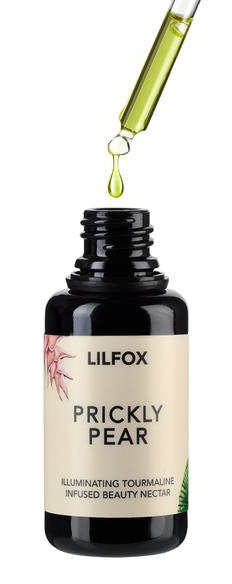

However, there are other varieties of cactus that grow around here, seguaro, charro, etc. For this instructable we're focusing on the fruit of the Prickly pear cactus. Here, we're just talking about making the juice. We won't go into that here, as there are other instructables about this, and eating small hard seeds like this may lead to digestive difficulties in some people. In addition, the young green pads can be eaten like a vegetable, and some people peel the fruits and eat them as is, seeds and all. However in ancient times, or in remote areas where modern conveniences are not available, the fruits may be harvested using tradtional tongs carved of native wood (eg, mesquite, segauro ribs, etc), crushed using various hand implements, then strained using whatever appropriate materials are locally available. Nowadays people use cooking tongs to harvest the fruits, a blender to crush the fruit to get at the juice, and several grades of mesh or cloth to filter and make sure all the thorns and glochids are out.
#Prickly pear nectar skin
One thing that surprised me was that the fruits may be prepared skin and all! There's no need to remove the thorns / glochids prior to mashing / grinding because straining through several successive meshes takes care of all the thorns, even the tiny hairlike glochids which can cause the most misery. The resulting juice may be used as is, or as a base for other products / projects. So if you're fortunate enough to live in a place where prickly pear grows, you can get the pure raw natural product for free, for just a few hours of natural healthy work. In fact, it's become a "superfood" fad, with a 16 ounce bottle of the juice (similar to what we're making in this instructable but probably diluted and cooked and maybe with preservatives) going for around 20 to 50 dollars at health food stores or on the multi level market. Recently, scientists are discovering that they're good to regulate blood pressure and blood sugar, and may prevent all sorts of modern diseases. Prickly Pears have been a traditional part of the diet of Native and Mexican people of the region for thousands of years. However, each family and region may have slightly different ways. I've asked around my Native and Mexican neighbors and found that the method she showed us, with variations, is pretty standard around here among the old timers. I learned to do this from a presentation by a young Native woman at the local Farmer's Market. So use this juice sparingly, about a tablespoon at a time at first, especially if your blood pressure and blood sugar are already ok. This fruit has been shown to lower blood pressure and blood sugar. CAUTION: if you use this juice as is, be careful, because each tablespoon of juice contains the essence of several fruits. Some people go on to make syrup, jelly, etc, which is not so perishable, but the immediate end product of this instructible needs to be refrigerated or frozen. It went straight to the freezer, except for one pint for immediate use, because it's hiighly perishable in its natural raw state. In this presentation we started with a large bowlful of fruits (bowl capacity 1 1/2 gallons) and finished up with 5 pints of juice. Or, as we'll show here, they may be crushed and strained, and the resulting juice used as is, or to make syrups, jellies, beverages, etc. The fruits may be eaten fresh, or cooked.

The green pads are used as a vegetalbe and herbal remedy. Traditionally, the Mexicans and Native Americans of this area use several parts of this plant. Many people grow them as ornamentals in their yard also they can be found growing wild along roadsides, in vacant lots, and in rural areas. Recently we moved to Tucson AZ, and I was struck by seeing how Prickly Pears grow all over town.


 0 kommentar(er)
0 kommentar(er)
